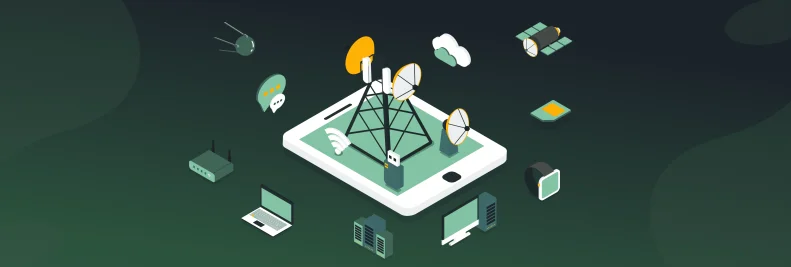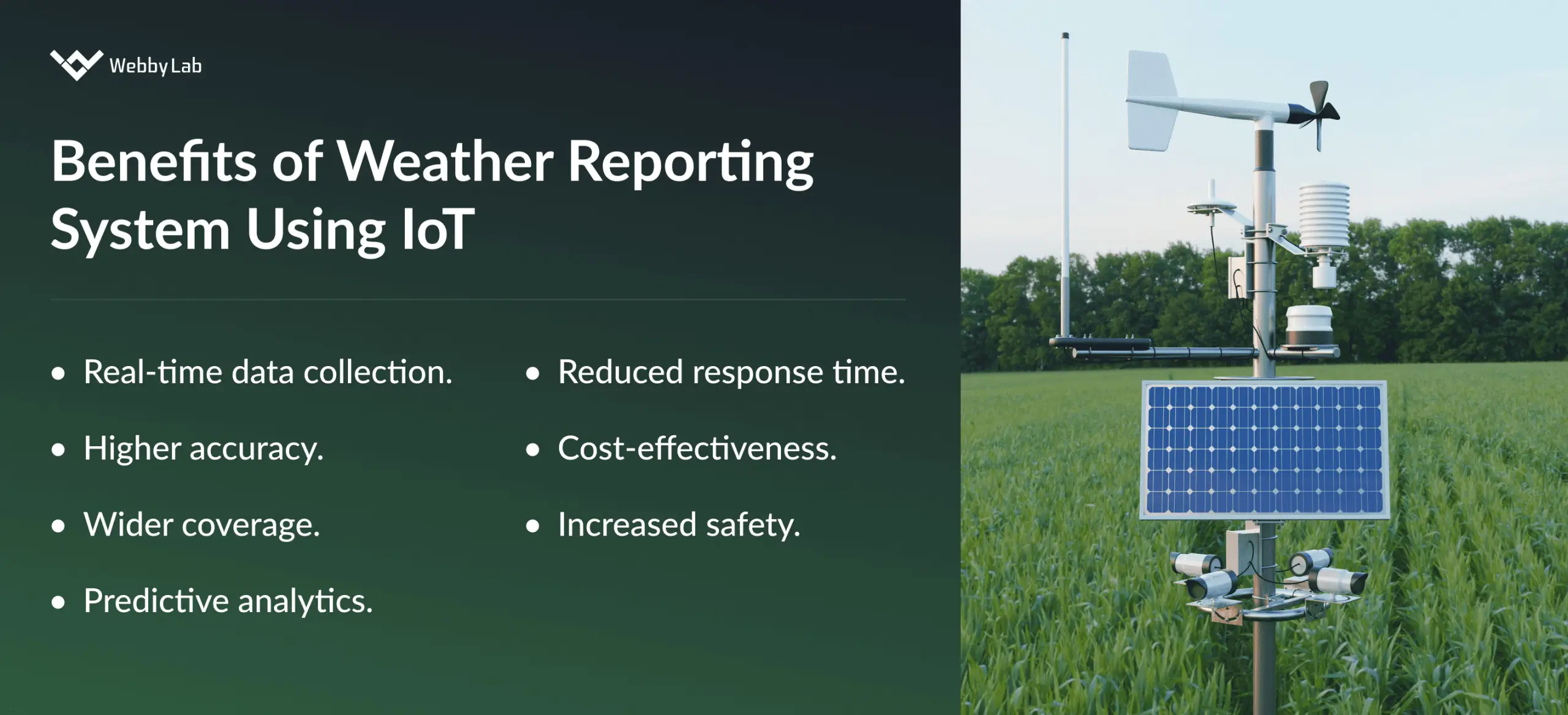Weather Reporting System Using IoT: Benefits & Use Cases
Written by:

Kostiantyn Oliynyk
Head of IoT at Webbylab
With a robust academic background in Telecommunication Systems Engineering, I apply my knowledge to lead innovations in the IoT domain. Starting as the first team member in the newly formed IoT department at WebbyLab, I've spearheaded its growth, fostering the expansion into embedded and hardware development alongside our core software projects. My dedication lies in pushing the boundaries of IoT technology, fostering a culture of innovation and excellence that profoundly impacts our clients' operational success.
It uses sensors and devices that gather weather data, connect through messaging protocols, and transmit the information to a central hub or a cloud platform. The collected data is then analyzed to get up-to-date weather insights.
A weather monitoring system using Arduino can observe various parameters: temperature, humidity, air pressure, wind speed, wind direction, rainfall, soil moisture, UV radiation, and more.
Businesses can implement different security measures to protect their IoT weather monitoring systems. Some examples include encryption, robust communication protocols, authentication mechanisms, and adherence to the latest IoT standards.
Users typically get weather information through mobile apps, web interfaces, and dashboards.










